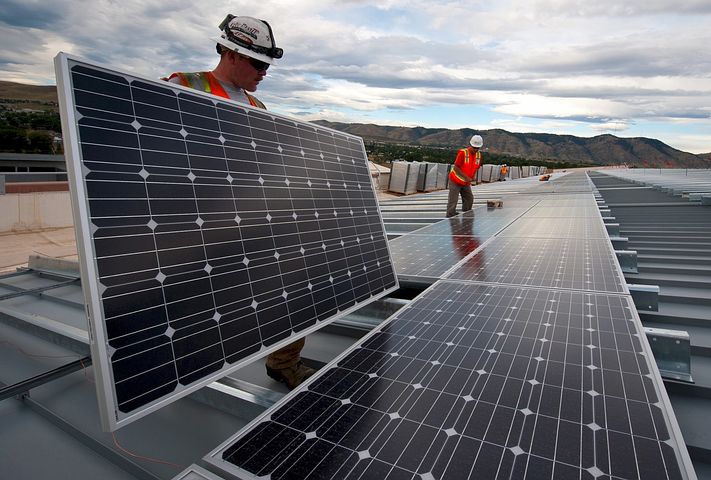In 2021, there are less and less businesses at the local level that spend big on a solar switch and take ownership of the technology. Thanks to a range of commercial solar financing options, there are clients who tap into flexible arrangements that allow them to take advantage of a superior system without the immediate stress of paying extensive sums to acquire the design.
Among the options that are on display for members, they will see cash payments, solar power purchase agreements (PPAs), energy efficiency loans and an operating lease as the four distinct categories. Rather than rushing into one package straight away, it is important to look at the effective strategies that small to medium businesses (SMEs) can use to make quality decisions on their energy future.
Internal Budget Planning
Local enterprises know that they will save money on their monthly and quarterly utility bills, but when it comes to commercial solar financing schemes and installation of the technology, clients need to think about their own financial standing in the short to medium-term. Certain energy efficiency loans carry no tax dividends which has to be factored into end-of-financial year calculations while contract lengths, payback periods and borrowing capacities can be impacted if the choice of loan is rushed.
Approaching Solar Suppliers

There is no substitute for acquiring quotes from providers who sell these systems, allowing SME members to make sensible decisions with commercial solar financing agreements. This is important for a number of reasons, most of which is finding out if they do indeed extend all four financing options or perhaps have their own unique policy that dictates how these systems can be installed.
Approaching Banks & Lending Institutions
Financial lenders will be able to provide a lot of detail when it comes to discussing commercial solar financing arrangements for domestic businesses. Especially if they already have a relationship with these constituents, then it is easier to look at balance sheets, cash flow statements and financial records to assess what is actually viable and what will work for the short and long-term of the brand.
Assessing The Priority of Solar Ownership
In an ideal world, SMEs would acquire the ownership rights to their panel setting for the long-term, giving them complete independence from dealing with any other third parties in the process. The fact remains that this is the most costly option up front, so there will need to be a discussion about commercial solar financing in relation to ownership and whether or not it is necessary.
Talking to Industry Peers
In many environments, there will be owners of businesses who are in close communication with one and other, particularly if they are based in similar industries. If there is doubt and hesitation about what kind of commercial solar financing should be viable, then discussions with those parties can open new doors and perspectives given that they are already a case study in progress.
Taking Onboard Online Community Advice
If the personal referral route is limited, then it is worthwhile branching out to online forums and spaces where other SME owners have talked about their experiences. The ratings and reviews from suppliers will deliver insights that would be hard to find through other avenues. This online data won’t have to be the main guide but can be used as a helping hand.
The most pressing piece of advice that SME participants should recognise with commercial solar financing plans is be patient and diligent with the project. Some of these programs can be locked in for years and decades in certain cases, creating little to no flexibility if circumstances happen to change. Consult with the right individuals and look at all the market options before signing onto the dotted line.
